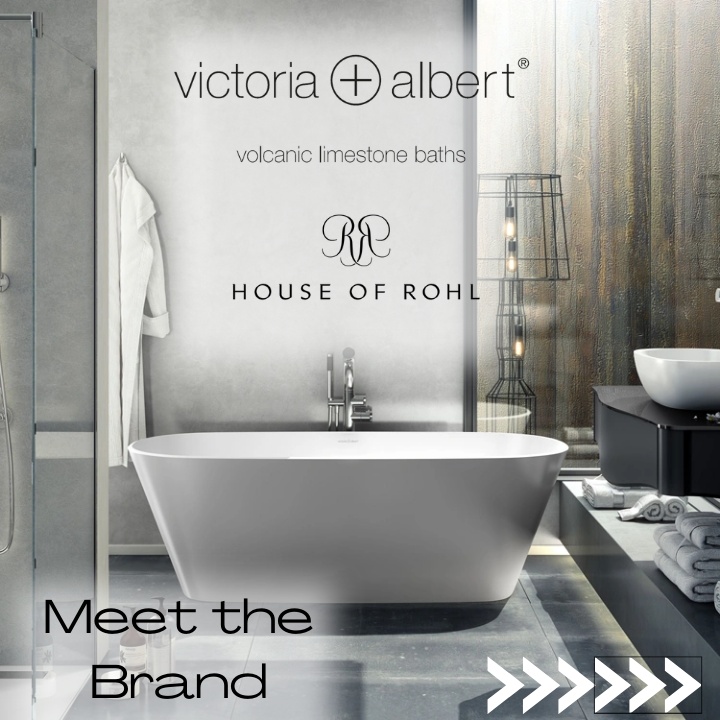If luxury bathing is on your shopping list, then look no further than Victoria + Albert Baths.
Priding itself on beauty as well as comfort, Victoria + Albert has built an international reputation for the quality of its baths and basins. The brand is installed in the finest hotels around the world and targets those who want a boutique hotel look at home.
All Victoria + Albert products are manufactured from QuarrycastTM, a unique stone composite developed by the company. A mix of Volcanic LimestoneTM and a special resin, the material is vastly superior to standard acrylic, being strong, lightweight and easy to clean.
While its iconic brand name – which it is not to be confused with the famous London art and fashion museum – may suggest a traditional-focused range of products, Victoria + Albert’s collection includes matching bathtubs and basins in contemporary and traditional styles, making it a fantastic choice for any taste. The company is part of the House of Rohl family of bathroom and kitchen brands, and the baths can be matched by tapware from sister brands Perrin & Rowe and Riobel.
To explore more about Victoria + Albert, we spoke to Emma Joyce, Head of Product Marketing, to find out about designing and creating their baths, the changing consumer landscape and why customers should trust it in their bathrooms.
How Victoria + Albert Began
Victoria + Albert was established in 1996 by a British entrepreneur and a South African materials specialist. Developing the material became the inspiration for design, as the structural strength of QuarrycastTM allows for lightweight, sculptural shapes. Today the baths are designed in the UK and manufactured at Victoria + Albert’s factory in South Africa.
In 2017, the brand caught the eye of Fortune Brands Innovations, a US-based corporation focused on home, security and commercial building. The House of Rohl group was formed, bringing together Victoria + Albert, Shaws fireclay sinks, Perrin & Rowe brassware and sanitaryware, and Riobel brassware.
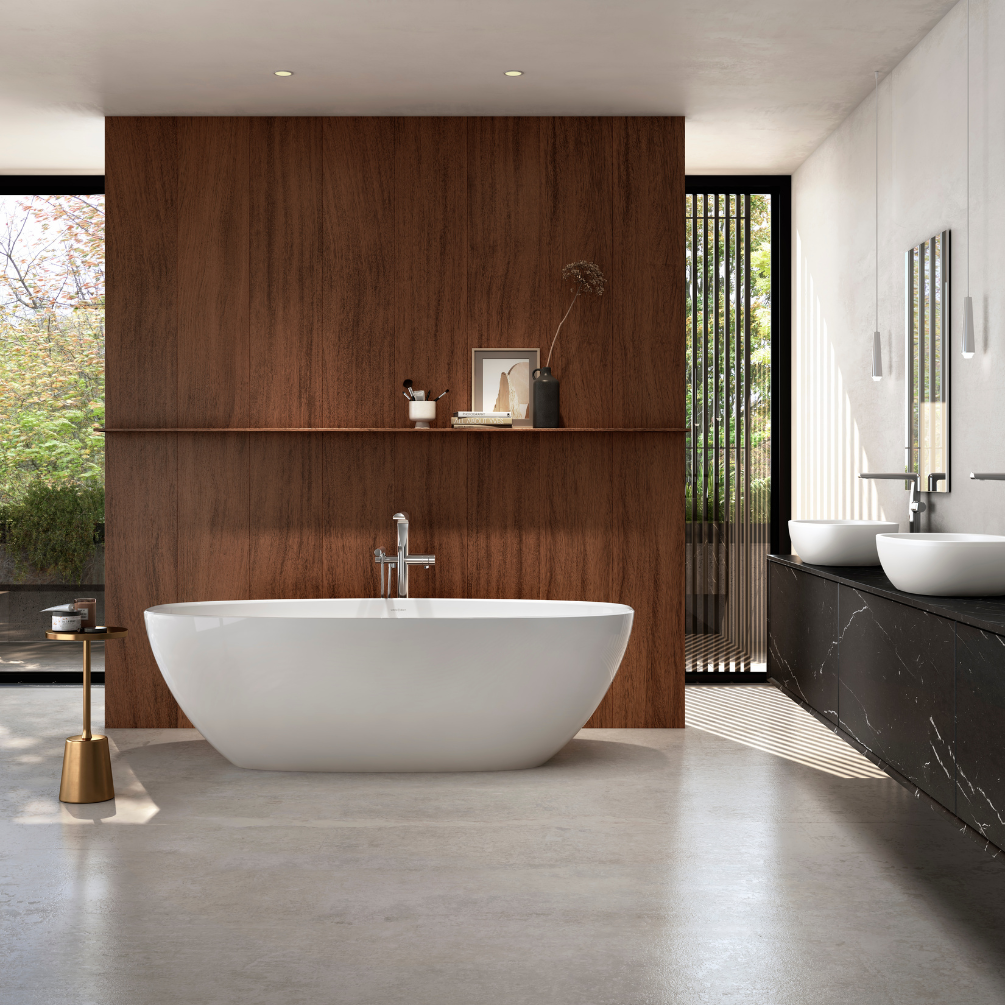
Victoria + Albert exports its products all over the world, often driven by prestigious hotel projects that raise the profile of the brand.
"The toughest customers for any bath manufacturer are hotels. They are demanding of design, maintenance, durability and longevity. And value, of course!’ says Emma Joyce. "Hospitality continues to drive our business, with the brand recently specified in award-winning hotels such as the Adare Manor in County Limerick, Grantley Hall in Yorkshire and the NoMad Los Angeles. With the long-term backing of Fortune Brands, we are in a position to fully support our customers for the lifetime of use they expect from a Victoria + Albert product."
A Material That Allows Designers to Imagine
Victoria + Albert’s proprietary material, QuarrycastTM, comes from the stone formed when the elemental forces associated with liquid magma act upon surrounding soft, chalky limestone. The immense heat and pressure from the magma transforms the neighbouring rock into a new material made up of incredibly hard strands.
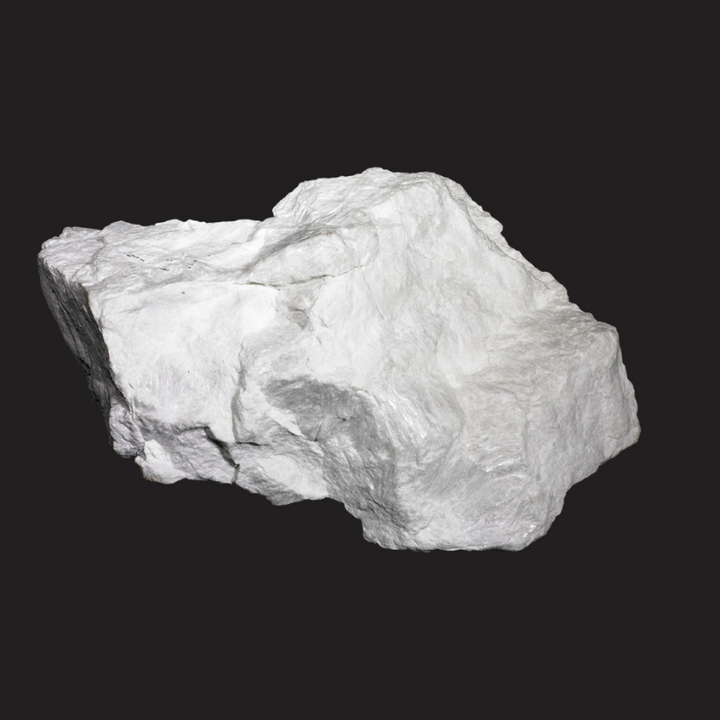
This material is then milled and combined with resin to produce the material Victoria + Albert use in its molds.
"We benefit from the inherent qualities of our unique material, QuarrycastTM. Its structural strength allows our designers to create distinctive, free-flowing shapes – so we are never short of new design concepts." says Emma. "In Australia and New Zealand we see many Victoria + Albert baths installed out of doors. They survive in the high and low temperatures and harsh sun without cracking or degrading."
Given it is a key USP of the brand, is there a worry that copycats may attempt to replicate the brand or its material processes?
"As an industry leader we know our products will be mimicked, but this is where the reputation of the Victoria + Albert brand for design and quality proves its value. There really is nothing quite the same as a Victoria + Albert bath."
Taking Products from the Drawing Board to the Bathroom
It is always intriguing looking into how a product is brought to market, how an idea is born and how products get from the drawing board to the bathrooms of homes across the country.
Many sources of inspiration can contribute to the design of a new bath. Most Victoria + Albert baths were created by the talented in-house design team, but the brand has also worked with international architects and leading design practices, such as Conran + Partners. An exciting collaboration with a British sculptor is the genesis for a new product to be launched at the 2024 Milan Furniture Fair.
It is time-consuming taking an idea to market, and Victoria + Albert always prioritise the quality of the product over the speed of production. Emma explains that the brand does not use focus groups or follow existing trends. Each new product is intended to be original and authentic. "Victoria + Albert, in common with its sister brands in the House of Rohl family, creates products based on the DNA of the brand and our understanding of consumer behaviour. We tend not to design on the basis of focus groups or what prevailing trends suggest. This risks the possibility of failure, but ensures we launch products that are genuinely true to our instincts and principles.
"We aim to work right rather than fast. Making new molds is a specialist task and takes time, which means there is a practical limit to the number of new products we can develop at once. So we pick our new products with great care."
Another point that arose from our conversation was the brand itself. Do the traditional associations of the Victoria + Albert name affect people’s expectations? Or with the line between contemporary and traditional bathroom fittings becoming increasingly blurred, is the distinction less relevant?
"Bathrooms are becoming more personalised spaces, less rigidly defined by convention," agrees Emma. "If a traditional roll-top design with clawed feet suits your modern metropolitan apartment, then go with it! Or if a sleek and chic contemporary shape like Victoria + Albert’s Vetralla fits your country farmhouse, why choose anything else?"
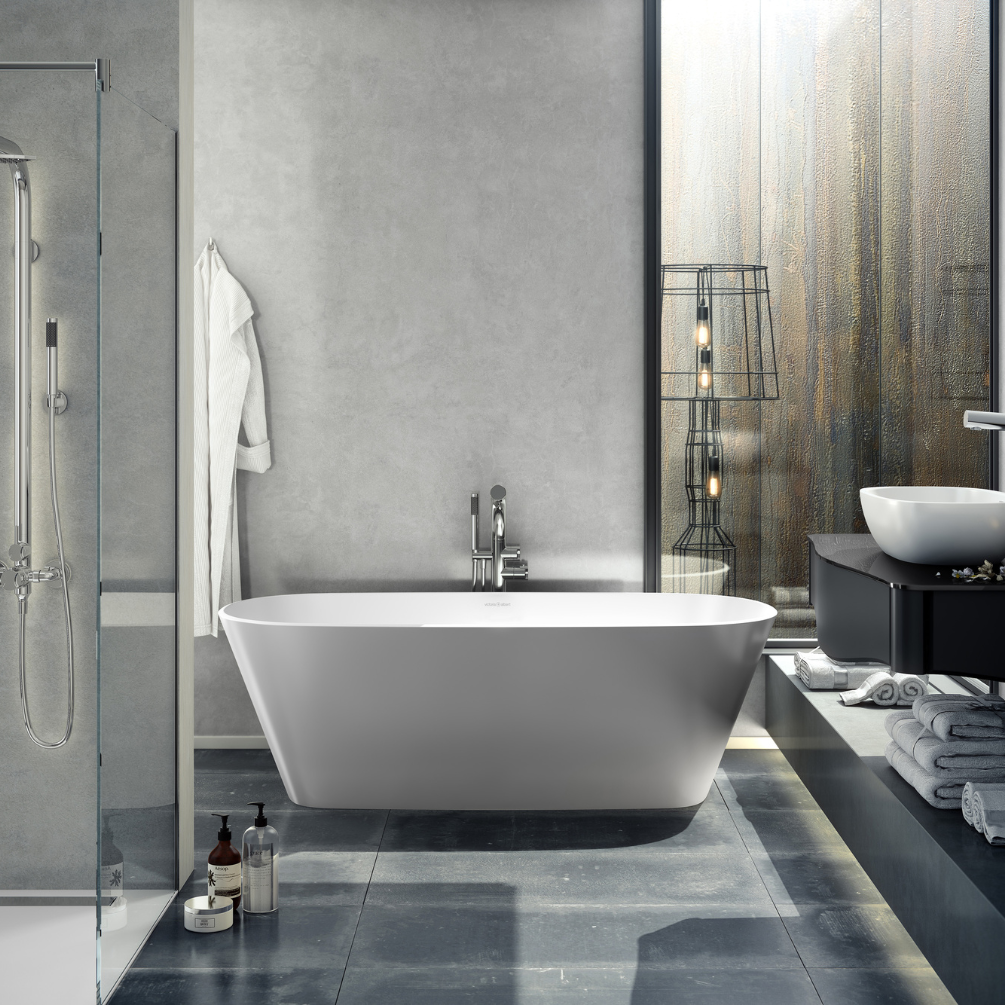
Corporate Social Responsibility: Natural Resources & the South African workforce
It would be remiss not to touch on Corporate Social Responsibility, since this is a changing area for business, with topics such as eco-friendliness and even world poverty being addressed by brands. Victoria + Albert make all their baths and basins in South Africa, a country with high poverty rates (more than half the population live in poverty, according to the World Bank). The skilled work is all undertaken by local people, stimulating growth in the local economy, and the high value exports benefit the country as a whole.
Emma explains: "Our unique material was developed by a South African materials specialist, which is why we built our factory in South Africa. It employs local people, bringing money into the economy to produce a product exported all over the world. A couple of years ago they filled their 1000th shipping container with baths, which led to great celebrations amongst the workforce. The success of Victoria + Albert, built on their efforts, is an immense source of pride to the community.
"And the bath itself is made to last a lifetime. We provide a 25 year warranty. At Victoria + Albert we believe in using resources responsibly. We abhor the idea of built-in obsolescence.’"
The Future for Victoria + Albert and Why Customers Should Trust Them
So how does Victoria + Albert increase their growth and how can they take the brand forward? More importantly, why should customers choose a premium brand like Victoria + Albert over their competitors?
Emma explains that Victoria + Albert pride themselves on designing products to suit almost any space. Even with a small or compromised space, so common in British homes, installing a designer bath should always be possible.
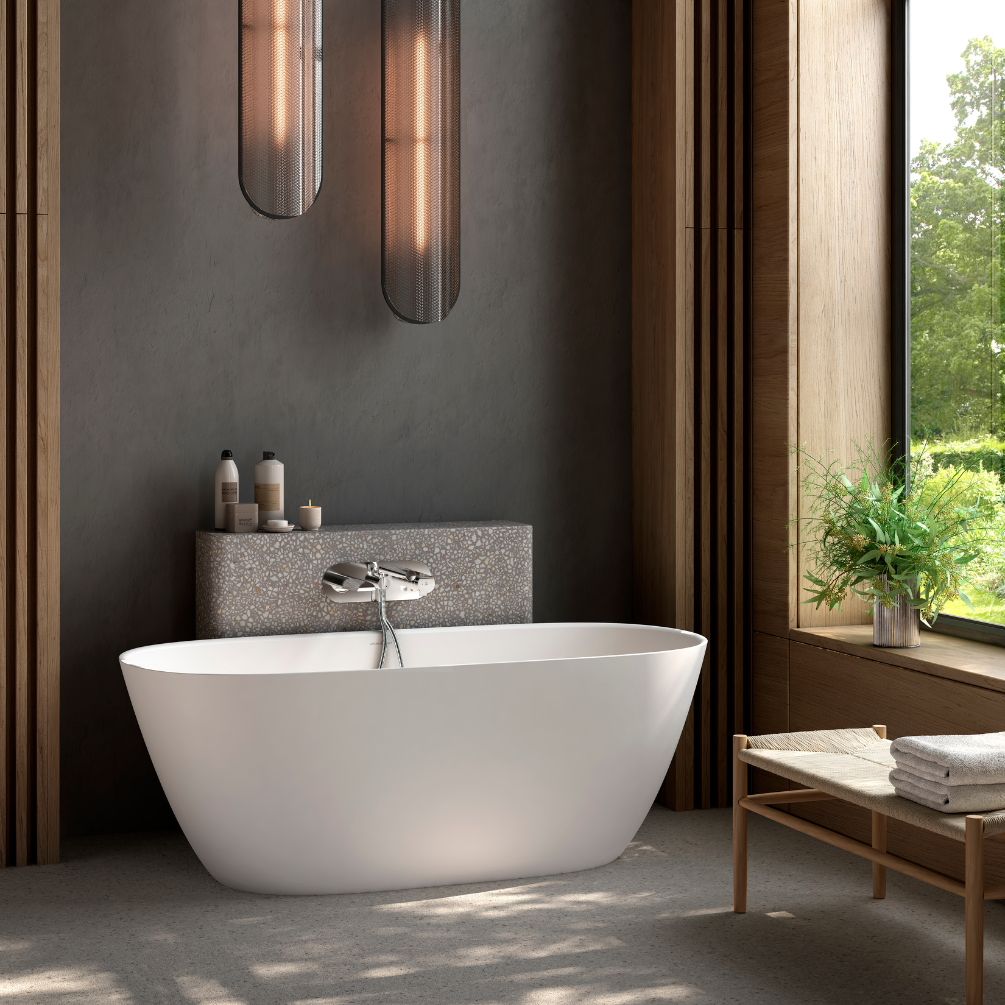
Emma believes that the brand now has one of the most comprehensive collections of compact baths at the top end of the market. "All are 1500mm in length, so can fit in the space conventionally reserved for a steel inset bath. There is a continuous drive to improve every aspect of the company. One area of ongoing development is the ergonomics of bathing – how to make as bath comfortable, stylish and water-efficient as possible. This has always been a Victoria + Albert hallmark, but the next generation of products should take this even further.
But ultimately it’s the design, durability and quality of their products that truly underpins the brand. Emma says "There’s no doubt that Victoria + Albert has a strong reputation in the market and as a specialist, people understand that the brand represents expertise, high design and a quality they can trust. We make statement baths that bring a touch of luxury into the bathroom – with the reassurance of our 25 year warranty, of course."
